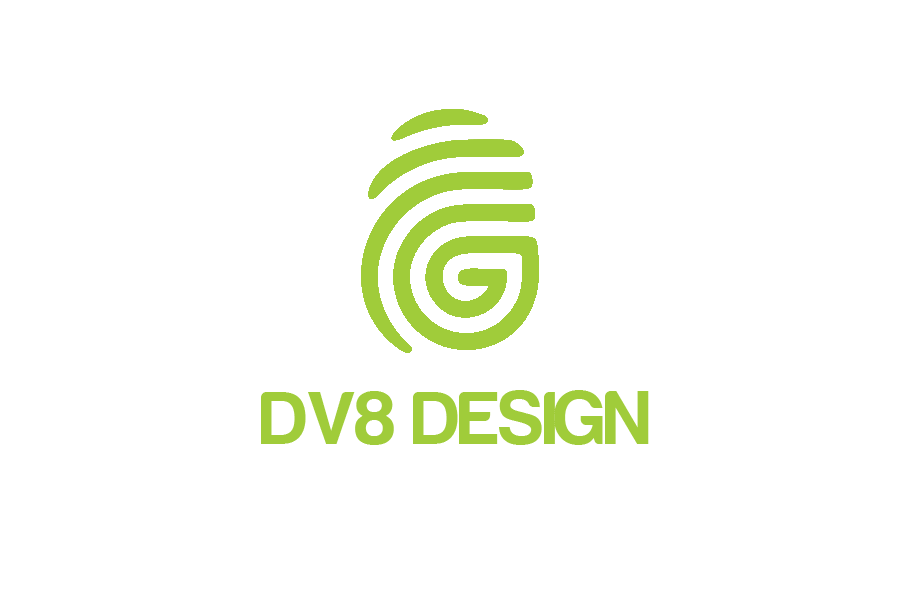Introduction
Designing spaces with intention is a philosophy that goes beyond mere aesthetics. It is about creating environments that are not only visually pleasing but also functional and purposeful. Intentional design considers the needs and desires of the inhabitants, aiming to create spaces that have a positive impact on their health and overall well-being. In this blog post, we will explore the philosophy of intentional design and discuss the tangible impacts it can have on our lives.
The Philosophy of Designing with Intention
Intentional design is rooted in the belief that our surroundings greatly influence our thoughts, emotions, and behaviors. It goes beyond simply arranging furniture or choosing color schemes; it involves carefully considering the purpose and function of a space and how it can best serve its inhabitants.
When designing with intention, architects, interior designers, and landscape architects take into account the unique needs and preferences of the people who will be using the space. They consider factors such as natural light, acoustics, and the flow of movement within the space. By doing so, they create environments that are not only visually appealing but also functional and conducive to positive experiences.
The Tangible Impacts of Intentional Design
Designing with intention can have numerous positive impacts on our health and lives. Let’s explore some of these impacts:
1. Enhancing Well-being
Intentional design can contribute to our overall well-being by creating spaces that promote relaxation, comfort, and positive emotions. For example, incorporating elements of nature, such as plants or natural materials, can have a calming effect on our minds and reduce stress levels. Similarly, designing spaces that allow for ample natural light can improve our mood and boost productivity.
Furthermore, intentional design can also address specific health needs. For instance, designing spaces with proper ventilation and air quality control can improve respiratory health, while incorporating ergonomic furniture can support good posture and reduce the risk of musculoskeletal issues.
2. Fostering Connection
Intentional design can also foster connection and interaction among individuals. By creating spaces that encourage socialization and collaboration, such as communal areas or open-plan layouts, intentional design can strengthen relationships and promote a sense of community.
Additionally, intentional design can also consider the needs of different age groups and abilities, making spaces more inclusive and accessible. This can create opportunities for people from diverse backgrounds to come together and interact, fostering a sense of belonging and connection.
3. Promoting Efficiency
Intentional design can optimize the functionality and efficiency of a space. By carefully considering the layout, storage solutions, and the placement of furniture and equipment, intentional design can streamline workflows and improve productivity.
For example, in an office setting, intentional design may involve creating designated areas for focused work, collaboration, and relaxation. By providing spaces that cater to different activities and work styles, intentional design can enhance efficiency and support different tasks throughout the day.
Conclusion
Intentional design is a philosophy that recognizes the profound impact our surroundings have on our lives. By designing with intention, we can create spaces that enhance our well-being, foster connection, and promote efficiency. Whether it’s the layout of our homes, the design of our workplaces, or the planning of outdoor environments, DV8’s intentional design has the power to positively shape our lives and create unique spaces that truly serve human needs.





